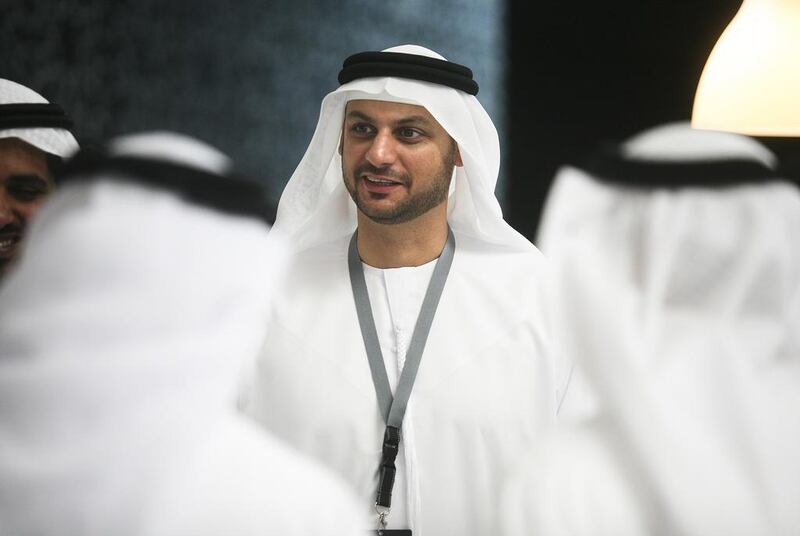The lower price of oil has reshaped Abu Dhabi National Oil Company’s budget, forcing it to cut back on operational expenditure by 10 to 15 per cent even as it increases spending on research and development.
Yasser Saeed Al Mazrouei, Adnoc's deputy director of exploration and production, said yesterday that when the oil price slump began, the company requested its operating companies (Opcos) to reduce their spending.
The reduction will not affect job numbers, he said.
Brent crude has recently increased to about US$65 per barrel, but it is nowhere near the highs from last June of $115 per barrel, forcing many companies to slim their budgets.
Adnoc has targeted an increase of its oil production capacity to 3.5 million barrels per day in three years from just under 3 million bpd and remains on track despite the operational expenditure cuts. It has earmarked tens of billions of dollars of capital expenditure to reach its production goals.
The decision to reduce operational expenditure is normal, said Mohamed Al Shamma, the vice president of public relations at Adma-Opco, an Adnoc unit.
“When there is a drop in oil prices, of course you need to restructure the expenditure – but our projects, nothing has been affected for this year or coming years,” he said.
Companies across the industry have been cutting back on expenditure and reducing costs amid the lower oil prices. Shell, which is a partner with Adnoc on its Bab sour gas project, announced last month it had reduced capital expenditure more than expected.
Adma-Opco, or Abu Dhabi Marine Operating Company, in which Adnoc has a 60 per cent stake, produces about 650,000 bpd.
“Long-term issues are not affected at all by short-term fluctuations in the markets,” said Ahmed Al Hendi, the senior vice president of subsurface technology at Adma-Opco. He said that while the operational budget has tightened, the funding for research and development has increased year-on-year, although he declined to give exact figures.
Mr Al Mazrouei said that it was too early to place limitations on R&D. “We’re still in the early days and we’re still growing,” he said.
He pointed to the latest plans for a new R&D facility in collaboration with the Petroleum Institute with a heightened focus on expanding technology for carbonate reservoirs – difficult-to-reach hydrocarbons inside a rock formation.
More than 60 per cent of oil and 40 per cent of gas reserves globally are estimated to be held in carbonate reservoirs.
The new technology centre, spanning 8,000 square metres, is slated to be up and running by the end of the year.
Adnoc’s R&D budget is mostly geared towards its brownfield projects, or fields that are already producing. Mr Al Hendi said that it was about a 70-30 ratio of brownfield to greenfield (new developments) for R&D investment.
Amid lower operational expenditure, projects such as the enhanced oil recovery process, which will help extend the lifespan of producing fields by injecting gas, chemicals or steam into the oil reservoir, become even more critical. Although the global average for recovery stands at about 35 per cent, Adnoc is looking to increase oil recovery rates to 70 per cent at its fields.
“Many thought it was unrealistic to increase recovery to 70 per cent, but we believe its unrealistic to leave it at 30 per cent,” said Mr Al Mazrouei.
Abu Dhabi wants to be at the forefront of technology, and Mr Al Hendi said that Adnoc’s R&D was strategic and for the long term.
lgraves@thenational.ae
Follow The National's Business section on Twitter





